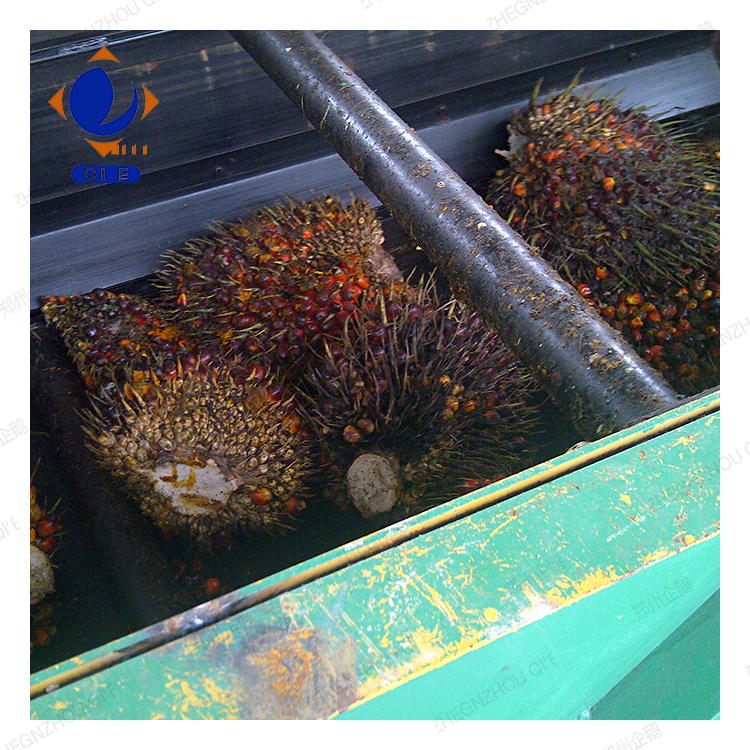
In the global food market, the demand for high - quality sesame oil is on the rise. However, ensuring the hygiene of sesame oil production is a critical challenge for small and medium - sized food processing enterprises. This article aims to provide a comprehensive guide to improving the hygiene management of sesame oil production, helping enterprises meet international food safety standards and enhance market competitiveness.
Food safety is a top priority in the food industry. In sesame oil production, poor hygiene management can lead to cross - contamination and microbial over - standard issues. According to international food safety research, nearly 30% of food recalls are due to microbial contamination. Therefore, effective hygiene management is essential to prevent these risks and ensure the quality of sesame oil products.
Using food - grade 304 stainless steel in equipment manufacturing is a crucial step. This material is resistant to corrosion and easy to clean, which can effectively reduce the risk of contamination. For example, compared with ordinary steel, the corrosion rate of 304 stainless steel is less than 1% under the same conditions, ensuring the long - term stability of the equipment.

The full - enclosed sealing structure of the production line can prevent external pollutants from entering the production process. It creates a closed environment, reducing the contact between the sesame oil and the outside air, dust, and microorganisms. Studies have shown that a well - designed full - enclosed structure can reduce the risk of microbial contamination by up to 80%.
The CIP (Clean - in - Place) cleaning system is an automated cleaning solution. It can clean the internal parts of the equipment without disassembly, saving time and labor. The CIP system can complete a thorough cleaning process within 30 - 60 minutes, ensuring the equipment is always in a clean state.
Daily cleaning includes surface cleaning of equipment, checking the sealing of pipelines, and cleaning the feeding and discharging ports. A simple daily cleaning checklist can be established, such as wiping the equipment surface with a disinfectant every day and checking the pipeline seals for leaks.
Weekly cleaning is more in - depth. It involves cleaning the internal components of the equipment, such as filters and pumps. The CIP system can be used for a comprehensive cleaning, and key parts should be inspected for wear and tear.
Monthly cleaning requires a more detailed inspection and maintenance. All equipment should be disassembled for a thorough cleaning, and parts that need to be replaced should be identified and replaced in time.

Let's take a small - scale sesame oil processing enterprise as an example. Before implementing the new hygiene management system, the enterprise often faced problems such as microbial over - standard in its products. After adopting the full - enclosed production line and a systematic cleaning process, the product qualification rate increased from 70% to over 95% within six months, effectively improving market competitiveness.
We invite you to participate in our questionnaire to share your experiences and challenges in sesame oil production hygiene management. Also, feel free to leave your questions in the comment section, and our experts will answer them as soon as possible.
Effective hygiene management in sesame oil production is a complex but necessary task. By choosing the right equipment, following strict cleaning procedures, and learning from real - world cases, small and medium - sized food processing enterprises can improve their hygiene management levels and meet international food safety standards. Our company offers a full - enclosed sesame oil production line with excellent after - sales service. If you are interested in upgrading your production line, click here to learn more.